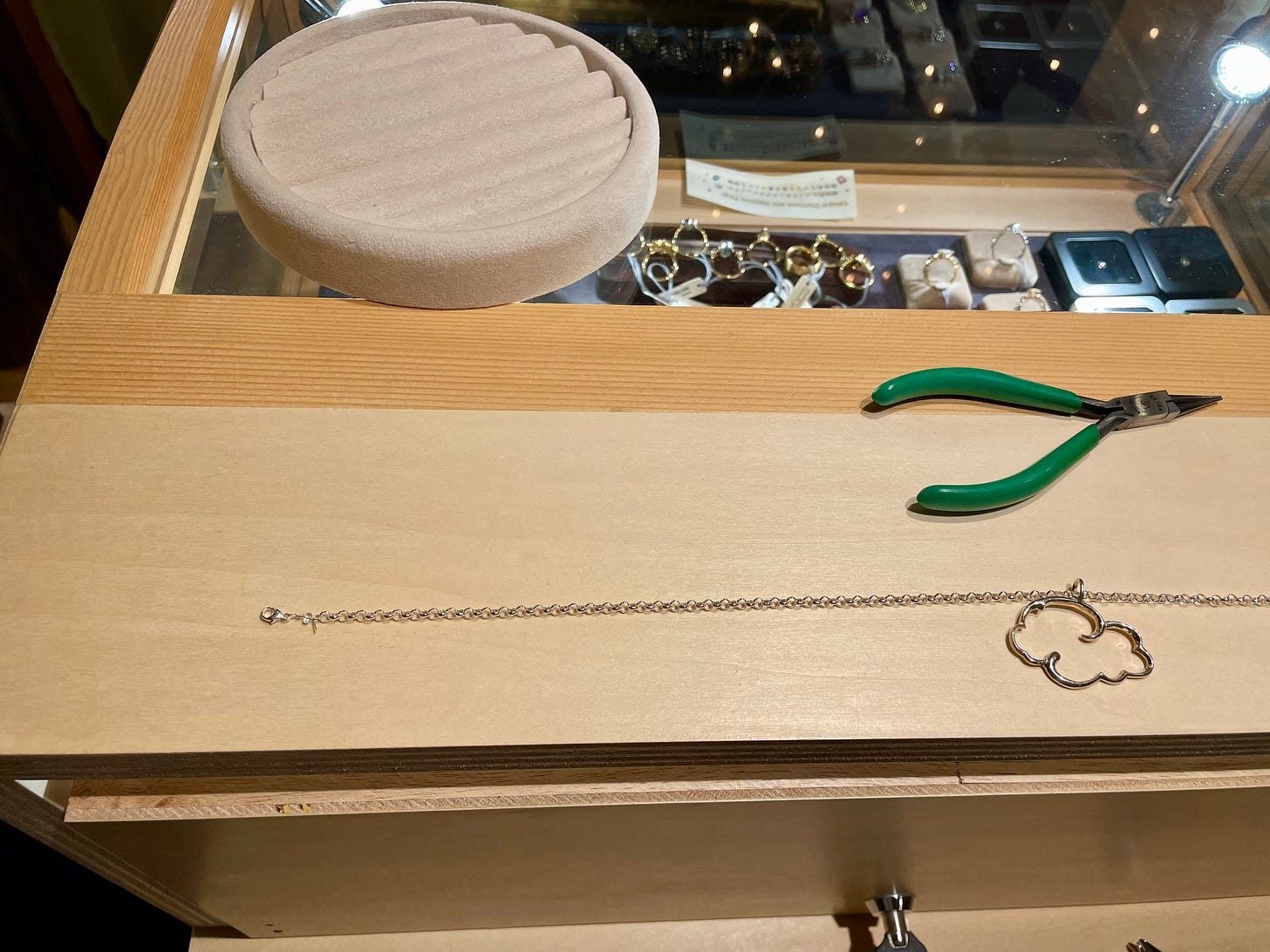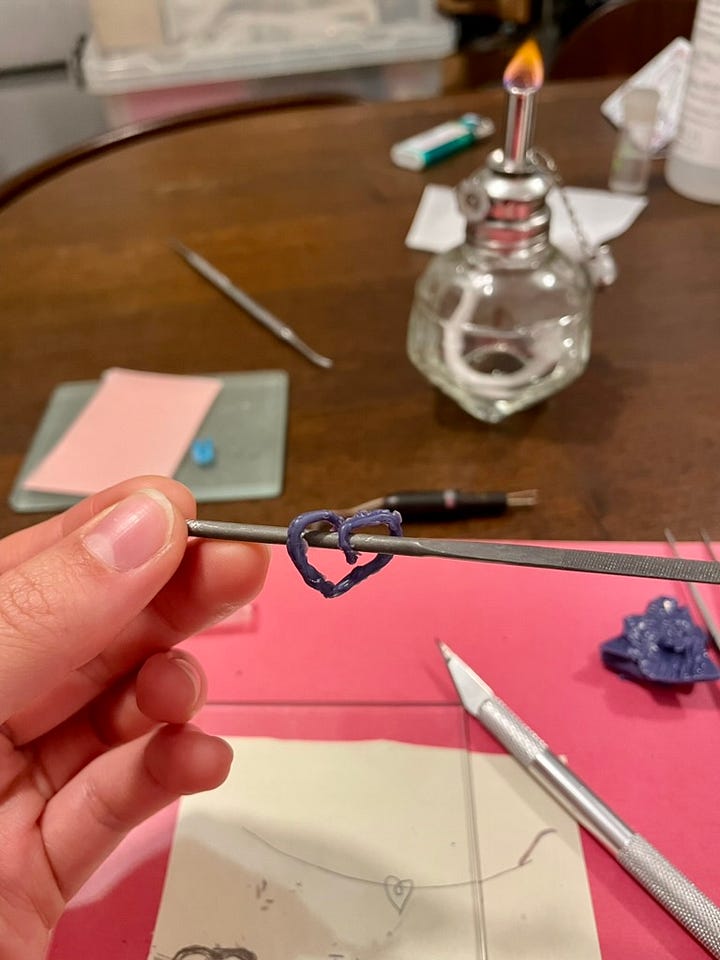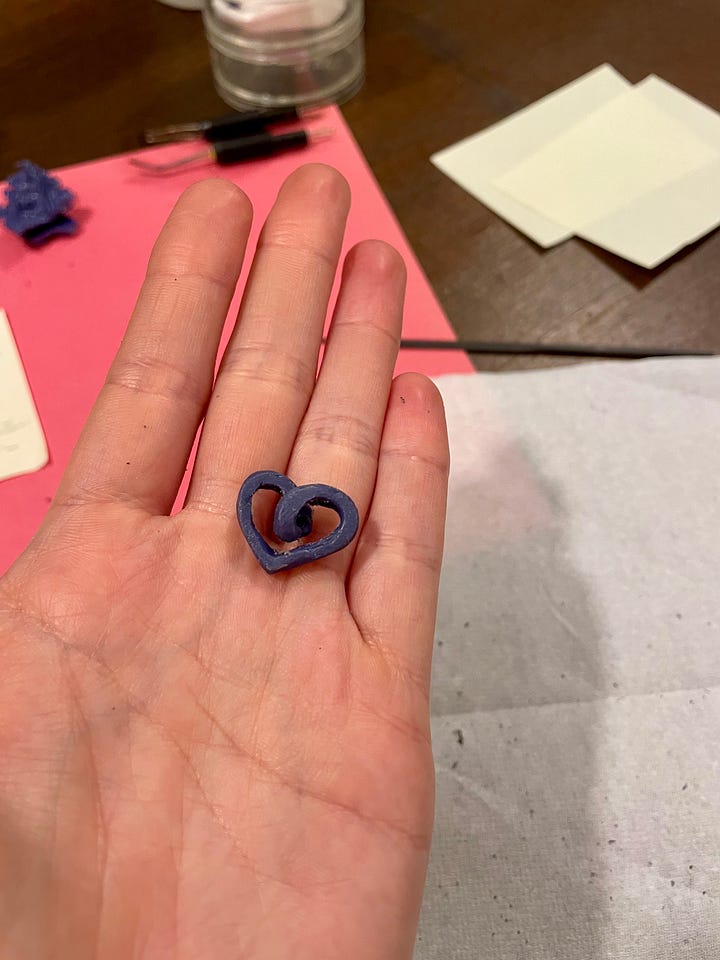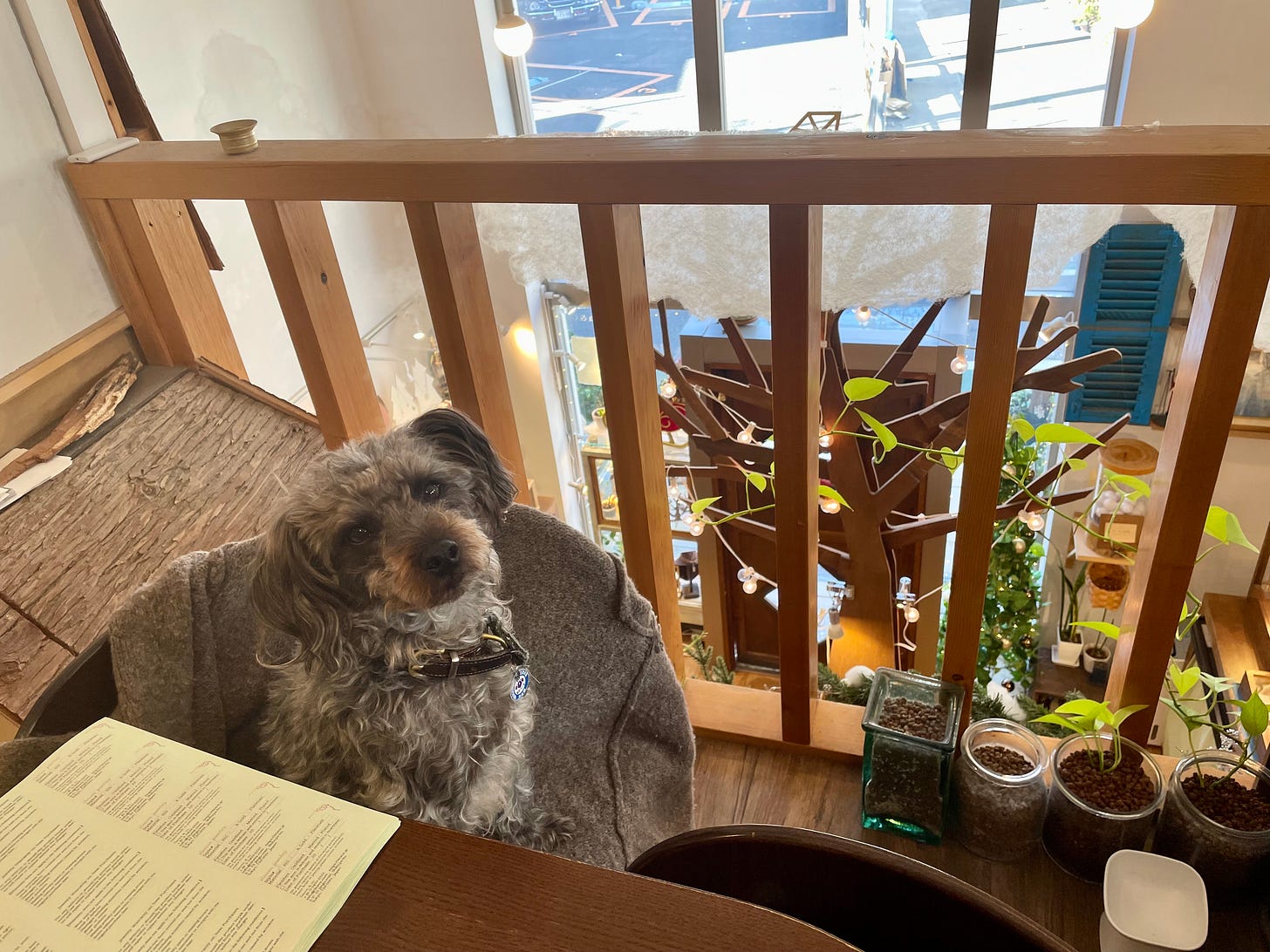How do you know if you can trust a brand?
Is it after you make a purchase and try the product? With the referral of a close friend? Upon seeing a compelling Instagram post?
What if you trusted a brand enough to make a purchase, received a perfect item, but it arrived inside a dirty box?
I pondered these questions over the past week at the shop. As I manually cut hundreds of warranty papers, remade clasps to correct small mistakes, and added price tags to products, I admit I asked myself will anybody even notice this effort?
I think the answer is no, nobody will notice. And that’s the point.
You don’t notice the symmetry of an iPhone box, but you’d probably notice if it was sloppily glued together. Actually, if you did notice with surprise that the packaging was perfect, that would perhaps indicate a bigger problem with the brand. Some things you just expect companies to get right.
The absence of a single error doesn’t necessarily add to consumer trust in a brand, but the presence of one can instantly destroy it.
Each customer touchpoint is an opportunity to shape a brand’s image. While tidy warranty papers or clasps can feel inconsequential in isolation, the sum for the brand is greater than its parts.
Defining perfection
As I mentioned, I spent a few hours this past week manually cutting the warranty papers that the jewelry shop I work for gives to customers.
I used a metal ruler and a razor knife to cut the papers. I did the best I could, but of course the results weren’t as exact as they would have been with a machine.
At the (almost 100%) likelihood of overanalyzing this task, I think that for a brand like ileava jewelry - which is based on expert craftmanship - a slightly imperfect, handmade finish on the details could actually strengthen the brand image. I won’t write a thesis about this but it’s interesting to consider how at every level of the consumer experience it’s possible to choose what “perfect” looks like for a brand.
The devil is in the details

Under my mentor’s watchful eye, I attached the clasps I prepared over the past few weeks to a sterling silver necklace she made. So neat seeing each component come together at the final stage.
My mentor has an uncanny ability to spot the smallest inconsistencies in my wire work! I spent a few more hours redoing subpar clasps I made in past weeks. Her feedback really helps me - if I practiced by myself based only on videos or books, I imagine it would take me much longer to notice (much less improve) the details of my work.
I also understand how particularly in a small business, the quality of products is almost a direct reflection of the quality of the business owner’s skill. I admire the ileava team’s focus on getting every detail right.
Wax carving


I discovered the magic of “carving” in the lost wax carving technique of jewelry making. Using files of various sizes, I started refining my heart pendant.
What’s nice about working with wax is that you can constantly tweak the piece. I added and removed wax to improve the shape toward what I have in mind. The most difficult part of the pendant is the twisted loop in the middle. It’s very helpful to have a wide range of file sizes and shapes to work unusual angles.
I’m traveling for a few weeks over the holidays, but eagerly looking forward to getting back to work in the ileava jewelry shop in the New Year!



